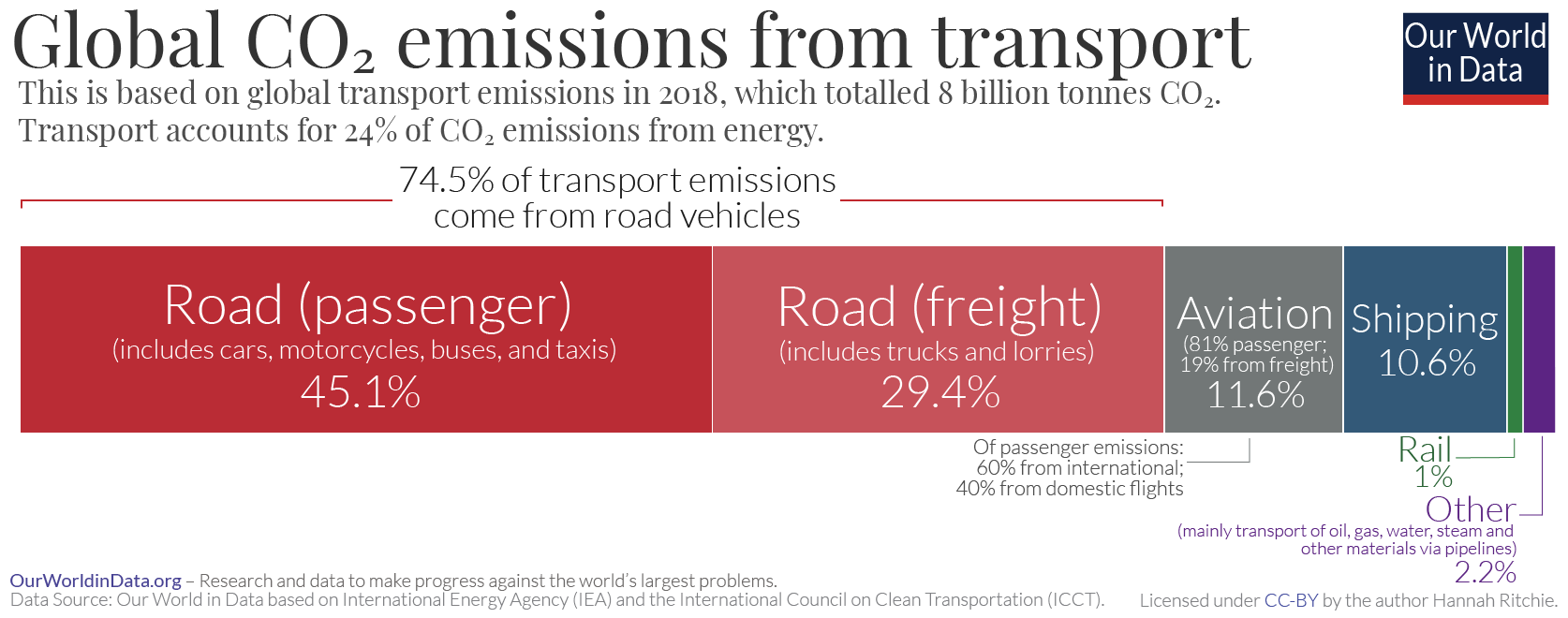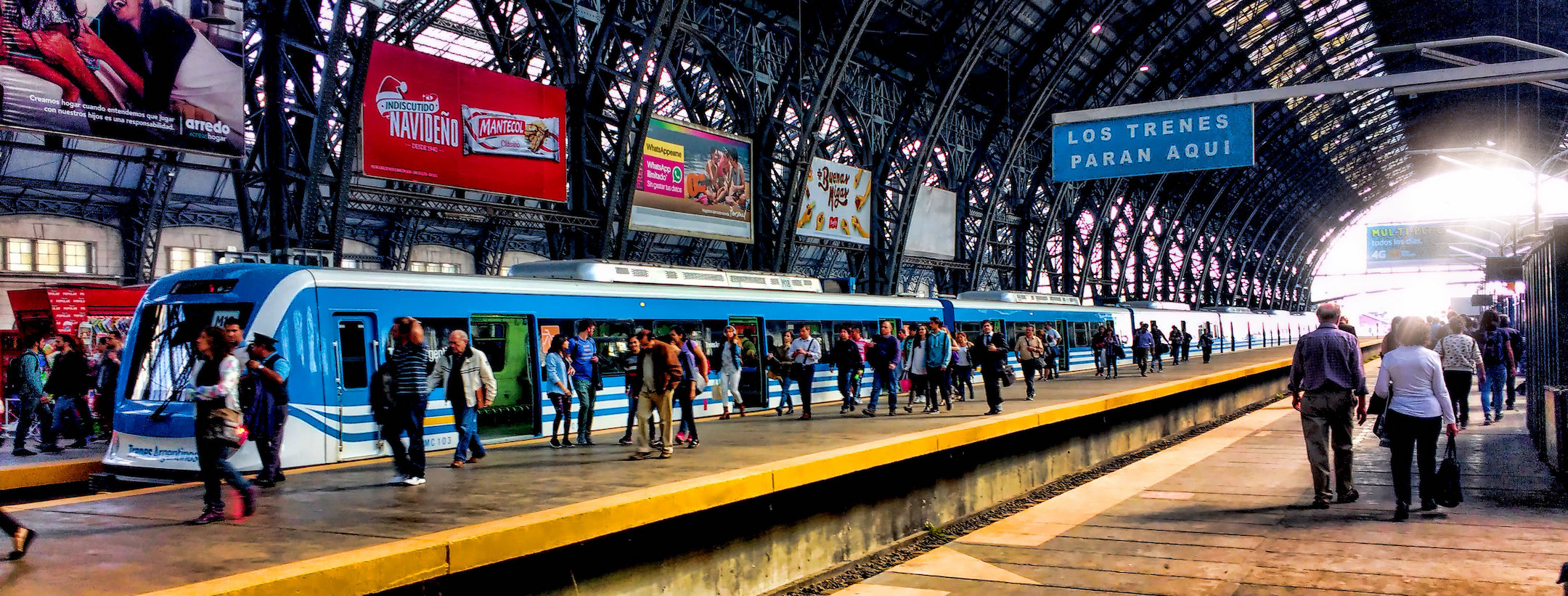The Impact of Transportation on Climate Change

Global Emissions Overview
Transportation plays a substantial role in contributing to climate change, being responsible for approximately 24% of global carbon dioxide (CO2) emissions associated with energy use. This sector's growth is driven primarily by the increased demand for mobility, with projections indicating a potential tripling of passenger transport demand by 2050, significantly amplifying its climate impact if left unaddressed. Road vehicles, encompassing cars, trucks, buses, and motorbikes, contribute nearly three-quarters of all transport-related greenhouse gas emissions, underscoring the sector's heavy reliance on fossil fuels[1][6][10].
Breakdown of Emissions by Mode of Transport

In 2018, road transport accounted for about 74% of transport-related greenhouse gas emissions, with passenger vehicles making up 45.1% of this share and freight trucks adding another 29.4%. Aviation, often highlighted in climate change discussions, contributed only 11.6% of transport emissions, while international shipping accounted for 10.6%. Rail travel and freight accounted for a mere 1% of total transport emissions[1][5][7]. This delineation of responsibility emphasizes the critical need to target road transportation for emission reductions.
The transportation sector is not static; rather, it faces an urgent need for technological innovation and policy reform as traditional fuels are increasingly outpaced by demands for lower-carbon solutions. The International Energy Agency (IEA) anticipates that without major interventions, transport emissions could double by 2050 due to rising global demand combined with increasing fuel consumption[1][10].
Challenges and Opportunities for Decarbonization
Efforts to decarbonize transportation are hampered by several factors, including the entrenched prevalence of private vehicle use and the slow turnover of existing vehicle and infrastructure stock. Studies show that while electrification and other technologies promise significant gains, achieving widespread adoption and impact requires an integrated approach involving substantial policy changes, infrastructure investments, and shifts in consumer behavior[2][6][9].
The IEA has outlined that achieving net-zero emissions in transportation by 2070 would necessitate a significant transformation across various transport modes. This includes phasing out emissions from motorcycles by 2040, rail by 2050, and small trucks by 2060. The journey toward decarbonization emphasizes that while some sub-sectors have clear paths, others, such as long-distance trucking, aviation, and shipping, present formidable challenges due to their operational complexities and existing infrastructure[1][4].
The Role of Public Transit in Emission Reduction

Public transportation systems, including buses and trains, present one of the best solutions for reducing the carbon footprint of urban travel. Buses can reduce greenhouse gas emissions by up to two-thirds per passenger per kilometer compared to private vehicles. The World Resources Institute (WRI) notes that increasing reliance on public transit is essential for curbing climate change while simultaneously enhancing societal benefits such as safer streets and improved access to essential services[2][7][10].
Nevertheless, the recovery of public transport ridership post-COVID-19 has varied widely. In many low- and middle-income countries, ridership has rebounded or even surpassed pre-pandemic levels, while high-income regions have seen slower recovery. This highlights the need for robust public transit planning that includes investing in infrastructure and implementing policies that encourage public transport use over private vehicle ownership[2][5][8].
Urban Planning and Behavioral Change

Efforts to mitigate transportation's climate impact must also include changes in urban development and planning. Well-planned cities that encourage walking, cycling, and public transit can significantly reduce the need for private vehicles. Successful examples from countries like the Netherlands demonstrate that connected transit systems, combined with pedestrian-friendly infrastructure and cycling lanes, not only lower emissions but also enhance quality of life for residents[3][10][9].
Behavioral change is crucial. Campaigns to encourage walking and cycling for short trips, as well as initiatives like carpooling, can represent low-hanging fruit in emission reduction strategies[3][8]. There is evidence suggesting that adjusted driving habits and an increased focus on sustainable travel can reduce personal carbon footprints meaningfully.
Policy Measures and Investments for a Sustainable Future
To effectively tackle transportation emissions, comprehensive policy frameworks are essential. Governments can implement a range of measures such as congestion pricing, improved vehicle standards, and incentives for public transit usage. Structural reforms and investments in renewable energy infrastructure will also play a vital role in transitioning the sector to low-carbon alternatives[6][9][10].
The transport sector's financing remains a significant hurdle. Many investments in sustainable transport systems are perceived as risky, requiring innovative funding mechanisms to encourage private sector participation[6][10]. Sustainable urban planning, combined with investment in renewable energy sources for public transport, can create the groundwork for resilient and low-carbon transportation systems, ultimately leading to lower emissions and improved urban experiences.
Conclusion
Transportation significantly impacts climate change, with emissions largely driven by road travel and private vehicle reliance. Decarbonization requires a multi-faceted approach involving technology, policy reform, enhanced public transit systems, and urban planning that encourages sustainable mobility options. Collaborative efforts from governments, private sectors, and communities will be essential to achieve lasting change and mitigations against climate change effects in the transportation sector.
Get more accurate answers with Super Pandi, upload files, personalized discovery feed, save searches and contribute to the PandiPedia.
Let's look at alternatives:
- Modify the query.
- Start a new thread.
- Remove sources (if manually added).